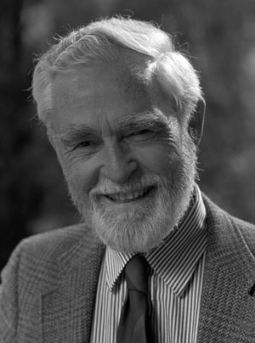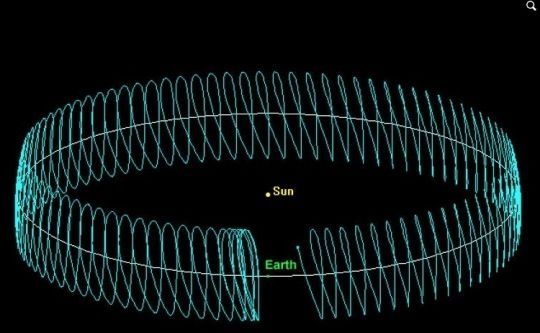SETI for Bracewell probes? Yes please. Years ago Jill Tarter commented that looking for such probes would be worthwhile. These days we hear about Starshot, sending a fleet of lightweight probes to the nearest star within decades which brings into mind the obvious idea that maybe someone else did so long ago.
One objection to SETI is that it is not falsifiable — there is no point at which a lack of signals can prove that extraterrestrial civilizations do not exist. But there are some aspects of SETI that can be falsifiable. Consider a class of objects near enough for us to investigate not only with listening efforts but with probes, one small enough to be thoroughly covered, and one most people know almost nothing about. Could these offer a listening post for ‘Bracewell probes,’ a way of watching the development of our culture and reporting home to ETI? And if so, could we combine SETI with METI to advance both disciplines without compromising our own security?

If the idea of nearby probes seems far-fetched today, it was even more so when Ronald Bracewell advanced his ‘sentinel hypothesis.’ Bracewell took the question of SETI and stood it on its ear. That was no mean feat in 1960, for SETI was just being born in that year through the efforts of Frank Drake at the Green Bank instrument in West Virginia. While Drake was, reasonably enough, asking whether we might pick up signs of an extraterrestrial civilization around another star, Bracewell had begun to wonder whether there might be a different way to study an alien culture. A long-lived probe could be planted in any system under investigation.

Reminds me of Duncan Lunan’s speculations about long-delay echoes detected about a century ago as being such a probe.